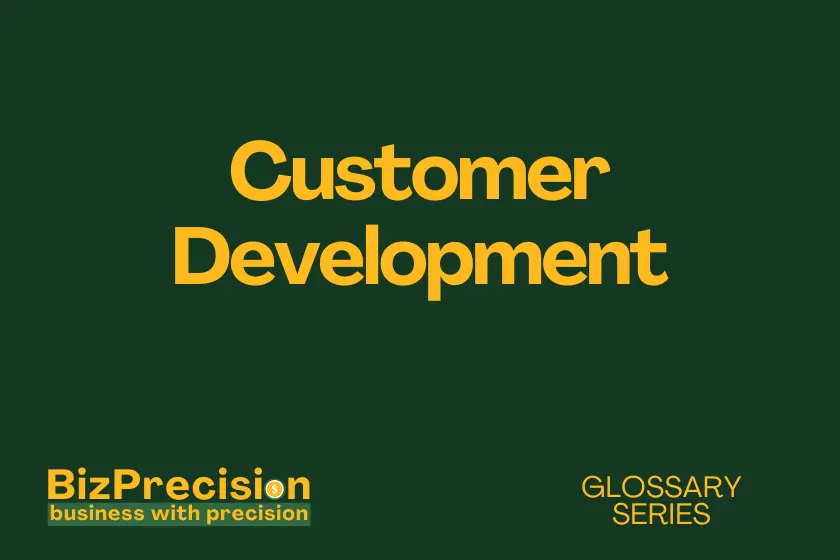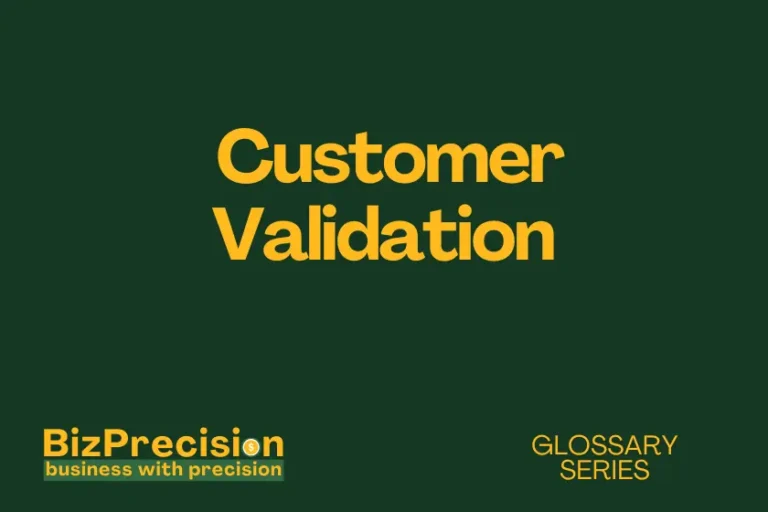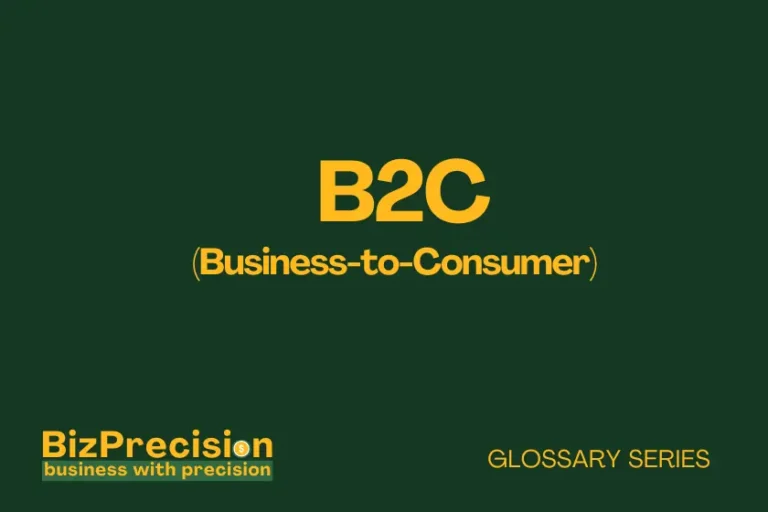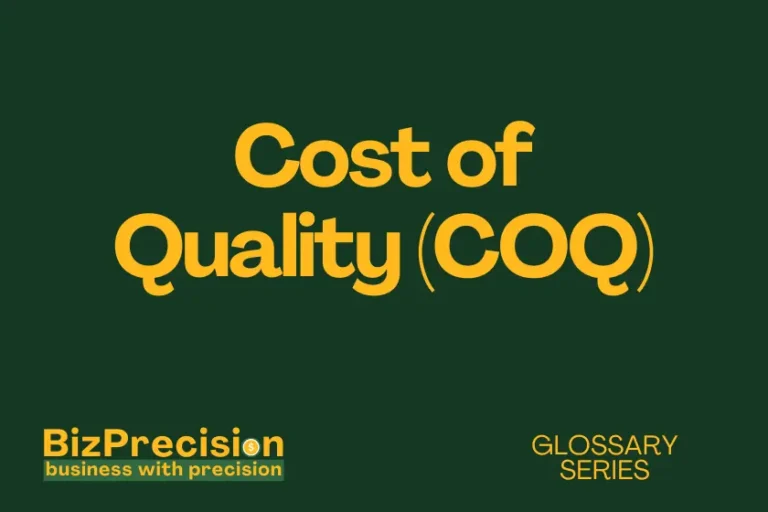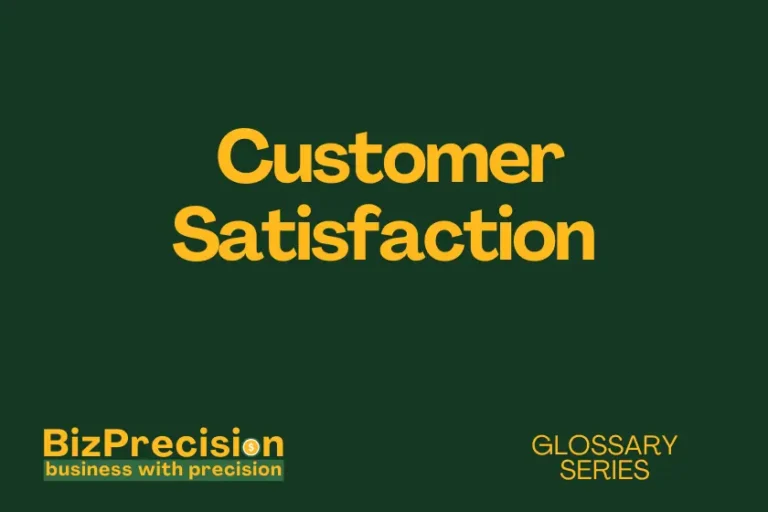What is Customer Development?
Customer Development is a systematic method for validating business ideas through direct customer engagement before launching products or services.
Customer Development helps businesses create products that customers actually want. This approach reduces the risk of market failure by testing assumptions early.
According to a 2023 CBInsights study, 42% of startups fail because they don’t solve a real market need. Customer Development directly addresses this challenge by validating market demands first.
Let’s explore how Customer Development can transform your business strategy and boost your chances of market success.
Understanding Customer Development Fundamentals
The Four Steps of Customer Development
Customer Development follows a proven four-step process that guides businesses from idea to successful execution.
The first step focuses on customer discovery. You identify potential customers and learn about their problems. This involves conducting interviews and observing customer behavior in their natural environment.
The second step involves customer validation. You test your product solution with early customers. This helps confirm whether your solution truly addresses their needs effectively.
Company creation marks the third step. You start actively selling and building customer demand. This phase helps establish repeatable sales processes and scaling strategies.
The final step centers on company building. You transition from learning mode to execution mode. This involves creating formal departments and business processes.
Customer Discovery vs. Traditional Market Research
Customer Discovery differs from traditional market research in several key ways. It emphasizes direct customer interaction over surveys and focus groups.
Traditional research often relies on what customers say they want. Customer Discovery observes what customers actually do and how they behave.
Face-to-face conversations reveal deeper insights than written surveys. These personal interactions help you understand customer emotions and unspoken needs.
Real-time feedback allows for quick adjustments to your product ideas. This agile approach saves time and resources compared to traditional methods.
Key Principles of Effective Customer Development
Start with clear hypotheses about your customer and their problems. Write down your assumptions before testing them through customer interactions.
Listen more than you talk during customer interviews. This helps you gather genuine insights rather than confirming your own biases.
Document everything you learn from customer conversations. These insights guide your product development and business strategy decisions.
Stay flexible and ready to change direction based on feedback. Your initial ideas might need significant adjustment after talking with customers.
Role in Lean Startup Methodology
Customer Development forms a core part of the Lean Startup approach. It helps validate business ideas before investing heavily in product development.
The Build-Measure-Learn cycle relies on Customer Development insights. This feedback loop helps teams create products that better match market needs.
Early customer feedback reduces waste in product development. You avoid building features that customers don’t want or need.
Regular customer contact keeps teams focused on solving real problems. This prevents wasting resources on unnecessary product features.
Implementing Customer Development Process
Customer Discovery Phase Techniques
Start with problem interviews to understand customer challenges. Ask open-ended questions about their current solutions and pain points.
Use the “Five Whys” technique to dig deeper into customer problems. This helps uncover root causes rather than surface-level symptoms.
Document customer behavior patterns and common challenges. Look for recurring themes that indicate widespread market needs.
Create customer personas based on interview insights. These help guide product development and marketing strategies.
Customer Validation Strategies
Test your minimum viable product with early adopters. Their feedback helps refine your solution before wider market release.
Measure specific metrics that indicate product-market fit. Track user engagement, retention rates, and customer satisfaction scores.
Collect both qualitative and quantitative feedback. Combine usage data with customer interviews for complete understanding.
Adjust your product based on validation results. Make changes quickly to address customer concerns and preferences.
Customer Creation Methods
Develop targeted marketing messages based on customer insights. Use actual customer language in your communications.
Create clear value propositions that address specific customer needs. Focus on benefits that solve real customer problems.
Build referral programs that encourage customer advocacy. Satisfied early customers help spread word about your solution.
Test different customer acquisition channels. Track which methods bring in the most valuable customers.
Company Building Framework
Establish formal departments around validated processes. Structure your organization based on proven customer needs.
Create scalable systems for customer support and service. Ensure quality remains high as you grow your customer base.
Develop training programs based on successful customer interactions. Share best practices across your growing team.
Monitor key performance indicators that track business health. Keep measuring customer satisfaction and engagement levels.
Measuring Customer Development Success
Track customer acquisition costs and lifetime value. These metrics help evaluate your business model’s sustainability.
Measure customer retention and churn rates. High retention indicates you’re solving real customer problems.
Monitor customer feedback and satisfaction scores. Regular surveys help track your progress in meeting customer needs.
Analyze product usage patterns and feature adoption. This data shows which parts of your solution provide most value.
Customer Development Best Practices and Applications
Creating Effective Customer Interviews
Prepare clear interview scripts that focus on customer problems. Avoid leading questions that might bias responses.
Listen actively and encourage detailed responses. Follow up on interesting points that customers raise.
Record interviews for later analysis and team sharing. This helps capture details you might miss during the conversation.
Schedule interviews in the customer’s natural environment. This provides context about how they actually use products.
Developing and Testing Hypotheses
Write down specific assumptions about your customers. Create testable hypotheses about their needs and behaviors.
Design experiments to validate each hypothesis. Keep tests simple and focused on one assumption at a time.
Set clear success criteria before starting tests. Define what results would confirm or disprove your hypothesis.
Track results systematically and share findings with your team. Use insights to guide product development decisions.
Building Minimum Viable Products
Create simple versions that test core value propositions. Focus on features that solve the main customer problem.
Release MVPs quickly to get early customer feedback. Don’t wait for perfect products before testing ideas.
Measure how customers use your MVP. Track which features they actually use most often.
Iterate based on usage data and customer feedback. Make improvements that address real customer needs.
Iterating Based on Customer Feedback
Collect feedback through multiple channels. Combine surveys, interviews, and usage data for complete insights.
Prioritize changes based on customer impact. Focus on improvements that solve the biggest customer problems.
Test changes before full implementation. Use A/B testing to validate improvement ideas.
Monitor results of each iteration. Track whether changes actually improve customer satisfaction.
Scaling Customer Development
Create systems for ongoing customer feedback collection. Build regular customer contact into your business processes.
Train team members in customer development methods. Share successful techniques across your organization.
Maintain close customer contact as you grow. Don’t lose touch with customer needs during expansion.
Use technology to manage customer feedback at scale. Implement tools that help track and analyze customer input.
Conclusion
Customer Development transforms how businesses create successful products. It replaces guesswork with systematic customer understanding.
Take these steps to start your Customer Development journey:
- Write down your customer and product assumptions
- Schedule your first five customer interviews
- Create a simple way to test your core business idea
Remember, successful businesses stay close to their customers. Start your Customer Development process today to build products people actually want.

